Your Cart is Empty
Hair Growth Cycles & Waxing
by Allegra Garcia July 13, 2023 4 min read
0 Comments
Waxing has become one of the most popular hair removal methods due to its longer-term effectiveness when compared to shaving; and affordability, when compared to laser hair removal. Waxing, over the course of time, can cause your hair to grow back thinner, slower, and more sparsely. So why is your client (or you) noticing that after the first couple of waxes, the area waxed isn’t as smooth and flawless as the videos make it seem? This can be incredibly frustrating for you as an esthetician, and for the client as well. The hair growth cycle affects the results of your waxes!
Table of Contents
What is the Hair Growth Cycle?
Hair growth on the body occurs in three stages. The first stage is the Anagen Phase, which is the growing stage.
Scalp hair typically remains in this phase for 3-5 years. The body anagen phase however, happens on 80% to 90% of the body and lasts for 4-8 weeks.
The second stage is the Catagen Phase, which is a shorter period of time when the hair is transitioning. It isn’t growing anymore, but has now separated from the follicle and is being pushed up towards the skin.
The catagen phase occurs on 10% to 20% of the body and lasts for about ten days.
The oldest hair on your body is in the Telogen Phase, which means it is resting and ready to fall out. Hair in this stage either falls out on its own or is pushed out by newer hair that is growing underneath.
The telogen phase lasts about 100 days and consists of 10% to 20% of the body hair shedding before the growth cycle restarts at the anagen stage.
Understanding the hair growth cycle is crucial if you want to achieve the best smooth skin of your dreams!
READ:All About Pre & Post Care

Can Waxing Affect Hair Growth?
One of the best things about waxing is that workingwithyour hair growth cycle can help get it consistent! Compared to shaving, which simply cuts a hair down, waxing removes hair from the follicle which over time becomes weakened and produces less hair.
The easiest way to see better results from your waxing is by educating yourself on the ideal growth stages to wax in. The anagen stage is the best stage to wax your hair in because the hair is removed from the root during the anagen stage.
Waxing during the anagen stage damages the papilla, which is the hair’s food source. By damaging the food source the follicle that the hair occupies becomes smaller, resulting in finer and lessened hair regrowth!
It’s ideal to get on a routine that allows you to wax during the anagen stage. Waxing during the catagen stage can lead to the little “baby hairs” that we often see left behind because the hair itself is actually no longer growing so you’re not interrupting the process to your benefit.
The telogen stage is the worst stage to wax in because the hair below the surface is already growing, so the hair you’re removing is just hair that was already on its way out ready to be replaced by the hair already growing below.
Everyone’s hair growth cycles, in terms of length of time, are very different depending on the body part, skin type, genetics, etc. For most people, however, developing a good waxing routine to get smooth silky results is achievable.
Read:All-Purpose Hard Wax
Waxing Routine for Less Hair Growth
Encouraging your clients to start a waxing routine to lessen their hair growth can be pretty difficult! Not only is it an investment of their time, but it’s also a potentially big financial decision. In the long run, however, waxing routines actually end up saving clients money because the hair will take longer to grow back and they won’t have to buy shaving products!
Reminding your clients of the benefits of beginning a waxing routine, particularly with lessened hair growth, is a big part of helping them take that step.
Making the change from consistently shaving will not help the environment, but also help clients from that prickly hair that grows in 3-4 days after shaving.
In order to start a waxing routine, you want to encourage your client not to shave between sessions! Shaving gets in the way of even regrowth.
A good general suggestion is to wait 4-6 weeks between waxes because the hair will be in its anagen stage. It’s also important to remember that hair has to be at least the length of a grain of rice (¼ inch) to be properly waxed.
Read:Waxing In The Winter

Products for Less Hair Regrowth
Investing in a high-quality wax, like Nova Wax in addition to waxing at the correct time of your hair growth cycle is the optimal method for slowing down hair growth. High-quality wax removes hair completely, meaning that there aren’t stray hairs left. Removing all hairs ensures that the cycle isn’t disrupted.
Another product suggestion to lessen hair regrowth is a goodpre-wax cleanser. A pre-wax cleanser prepares the hair for effective removal. It removes debris, sweat, and oils that could potentially get in the way of a good clean wax, preventing all hairs from being removed properly.
Lastly, apost-wax lotion helps restore moisture to the skin and soothe it after it’s waxed. By replenishing the moisture and keeping irritation away, the follicles are able to continue the hair cycle without getting blocked, which can lead to ingrown hairs and inconsistent regrowth. As a result, the hair that comes back is thinner and sparser.
Final Thoughts
Understanding how hair grows is a big part of learning how to use the hair growth cycle to your advantage! The three stages are anagen, catagen, and telogen. The anagen stage is the ideal time to get waxed because hair is effectively removed from the root.
Getting on a good routine by waxing every 4-6 weeks helps slow down hair regrowth. Using a good high-quality wax, prepping the skin with a good cleanser, and sealing in the results with a post-wax lotion are all additional suggestions to slow down regrowth.




